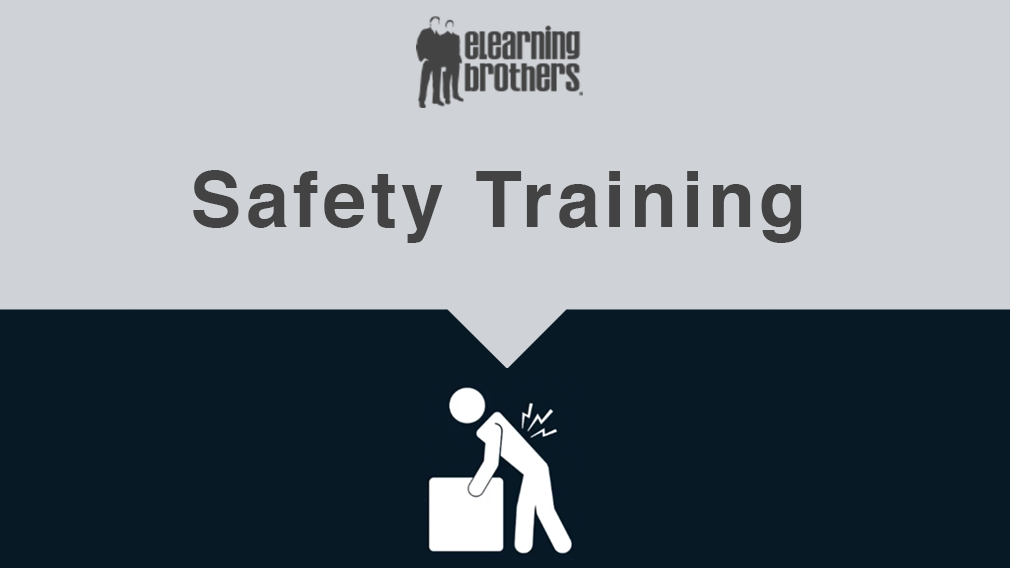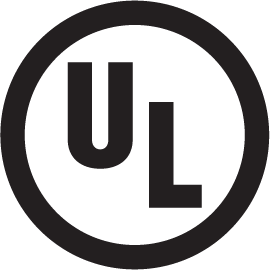Safety happens when employers make a conscious decision, each and every day, to make protecting workers a priority. In partnership with safety expert Troy Hackworth of SafeWorkday, we’ve developed comprehensive safety courses to help you meet your OSHA training requirements. Unlike canned, off-the-shelf courses, eLearning Brothers Safety Training gives you full control of your safety training, to save lives and protect workers from incidents that can impact their families for generations.
Each Course Includes:
- A fully editable Flow version of the course








Comments ( 0 )
Sign in to join the discussion.